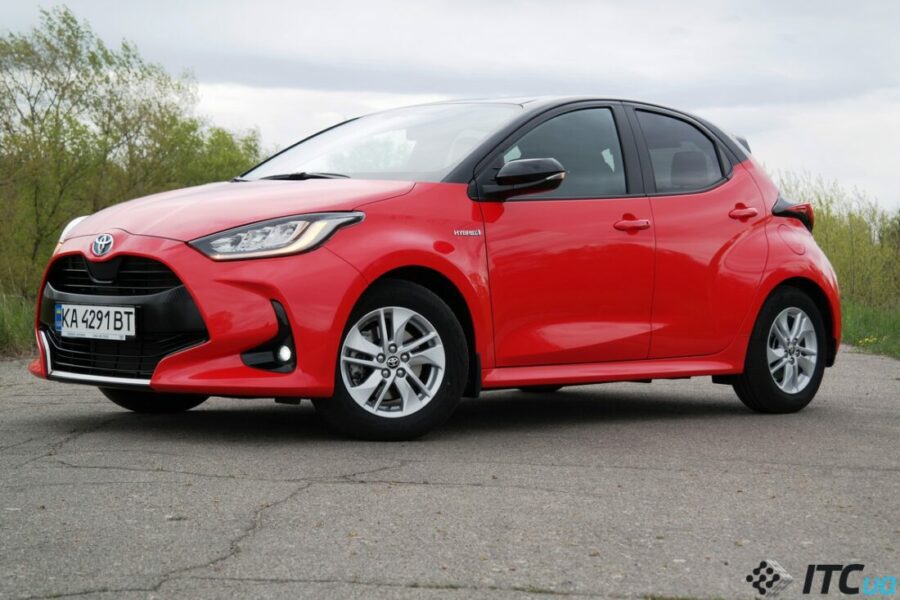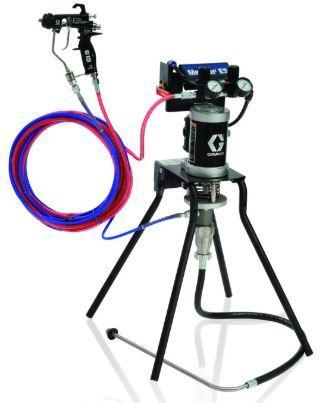
ест Kratek: Toyota Yaris 1.33 Dual VVT-i (74 ) Sol
Content
It's good that I noticed the chains in the trunk of the house, because otherwise I might not even have realized that the tires are equipped with summer tires. This combination seems perfect for this winter as there was (almost) no snow in the valleys until the end of January. However, if a person is caught in a blizzard or wants to drive to the parking lot under the Bled hut on Pokljuka, the chains will still come in handy.
Summer tires on the snow?
At first I naively tried without it and gave up after just 50 meters. It does NOT capture! So: chains. Then, in spite of the live ass, it went. He also followed a winding road to and from Pokljuka. When the road was dry they did summer tires Although the -3 ° C temperature holds up better than in winter, only the gaze should be directed far enough so that you will not be surprised by the ice puddle. It's worth noting that Yaris boasts exemplary position on the road, strong enough suspension and very good steering gear for this class.
If we vacate the seats with less emphasis on lateral grip, together with short (both lever travel and gear ratio) the driving rating will be above average. But only when the engine spins over four thousand rpm, because in the lower range the responsiveness can only cope with minor acceleration requirements, and on the descents to the Pokljuka plateau it cannot.
The gasoline engine lacks flexibility
So, as Alosha already found out in the big test, minus for flexibility... Probably, this is not associated with a small fuel consumption: on average, 6,1 liters per hundred kilometers had to drive a non-human snail, and the average one stopped exactly 2,2 liters higher than the factory promised. Without exaggeration.
We were worried about two other, less important little things that are hard to miss in 2012. Between views on-board computer we go in the same direction with the button between the sensors (inconvenient and dangerous), and the direction indicators cannot warn about a change of direction three times with a light touch of the steering wheel lever.
The salon is pleasantly spacious
The overall driving or passenger experience is good thanks to the spacious feel and quality materials. The classic gauges in front of the driver may indeed be more transparent than the small digital display on the old Yaris, but that's why one of the small item drawers is missing from the interior. There are still enough of them, but they are quite small, especially the ones in front of the driver.
Well, given the size of the car, there is no need to complain about the spaciousness. There will be plenty of room for an adult in the back seat, and the trunk is decently large despite the smaller exterior dimensions. Renault Clio, which is almost 15 centimeters longer and 35 millimeters wider, only holds two liters more.
Which equipment to choose? If you can accept classic bicycles with decorative trims, manual air conditioning and manually sliding rear windows, and if you can't do without Bluetooth, with touch screens, rear-view cameras and radio controls on the steering wheel, Sol equipment is a good choice. ... ... Compared to the best sports equipment, you will save 1.150 euros. Enough for four sets of winter tires.
Text and photo: Matevzh Hribar
Toyota Yaris 1.33 Dual VVT-i (74 kW) Sol (5 vrat)
Basic data
Technical information
| engine: | 4-cylinder - 4-stroke - in-line - turbocharged petrol - displacement 1.329 cm3 - maximum power 74 kW (101 hp) at 6.000 rpm - maximum torque 132 Nm at 3.800 rpm. |
|---|---|
| Energy transfer: | front wheel drive engine - 6-speed manual transmission - tires 175/65 R 15 (Dunlop). |
| Capacity: | 175 km/h top speed - 0-100 km/h acceleration in 11,7 s - fuel consumption (ECE) 6,6/4,6/5,3 l/100 km, CO2 emissions 125 g/km. |
| Mass: | empty vehicle 1.115 kg - permissible gross weight 1.480 kg. |
| External dimensions: | length 3.785 mm – width 1.695 mm – height 1.530 mm – wheelbase 2.460 mm – trunk 272–737 42 l – fuel tank XNUMX l. |
Our measurements
| T = 2 ° C / p = 1.002 mbar / rel. vl. = 51% / Odometer Condition: 4.774 km | |
| Acceleration 0-100km: | 12,0s |
|---|---|
| 402m from the city: | 18,5 years ( 135 km / h) |
| Flexibility 50-90km / h: | 12,4 / 16,6s (IV/V) |
| Flexibility 80-120km / h: | 13,1 / 18,0s (Sun./Fri.) |
| Maximum speed: | 175km / h (WE.) |
| test consumption: | 7,5 l / 100km |
| Braking distance at 100 km / h: | 41,4m |
| AM table: | 42m |
evaluation
With the update, the Yaris gained maturity, roominess, equipment and quality of materials, while at the same time it lost some of the elements that set it apart from the competition: a movable bench, central sensors and an interesting design. Guess how much they both mean to you.
We praise and reproach
open space
driving performance, maneuverability
chassis, steering gear
powerful engine (check)
short and accurate transmission
materials, production
camera resolution for reverse parking assist
media interface and touch screen
poor engine maneuverability
the rear bench is no longer longitudinally movable
installation of the on-board computer button
Poor bluetooth connection quality
classic counters (subjective opinion)
no daytime running lights

